The castle silently watches over the changes in Japan over the course of the years. By visiting the castles of different regions and studying the history and the culture of the area, we can see through the eyes of those who once lived there.
In our new column, Exploring Japan’s Castles, a staff member of Omega Communications, whose hobby is visiting Japan’s castles, will be sharing the appeal of these fascinating places.
Place visited: Odawara Castle, Miyukinohama Beach, Daiyuzan Saijo-ji Temple
Date of visit: Summer 2018
On a whim one summer’s day, I decided to visit Odawara Castle.
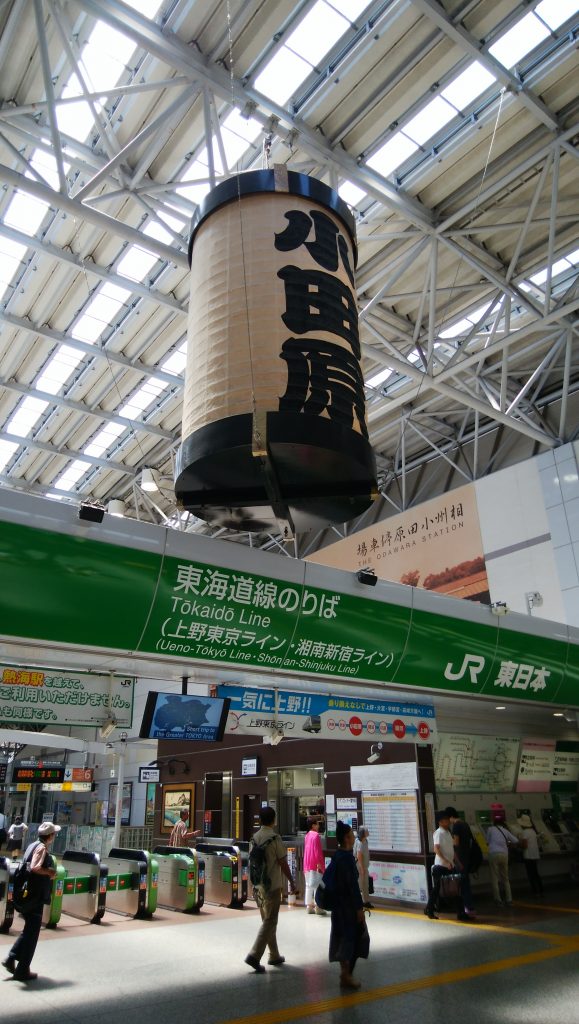
Odawara flourished as one of the most prominent stop-off points for travelers travelling along the Tokaido Road during the Edo period, and even now it continues to serve as a transportation hub.
A massive Odawara Lantern watches over the comings and goings of people using the station.
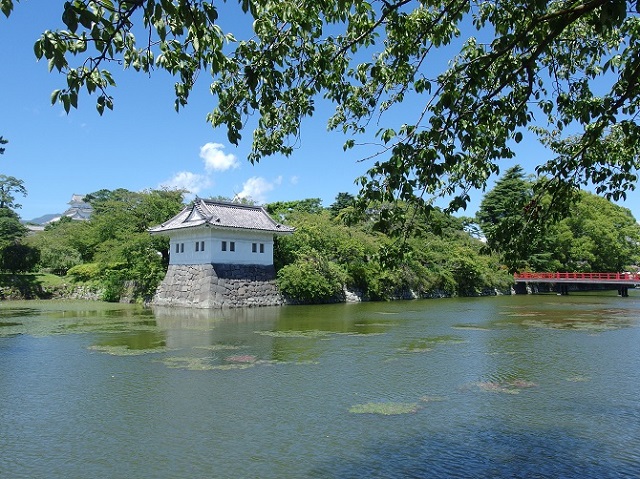
Just ten minutes on foot from the station, the scenery turns more castle-like as a corner turret of the Ni-no-maru second compound and Manabibashi Bridge come into view.
On approach, I could just see the castle keep beginning to peek through the foliage. Odawara Castle’s location so close to the station further adds to its appeal.
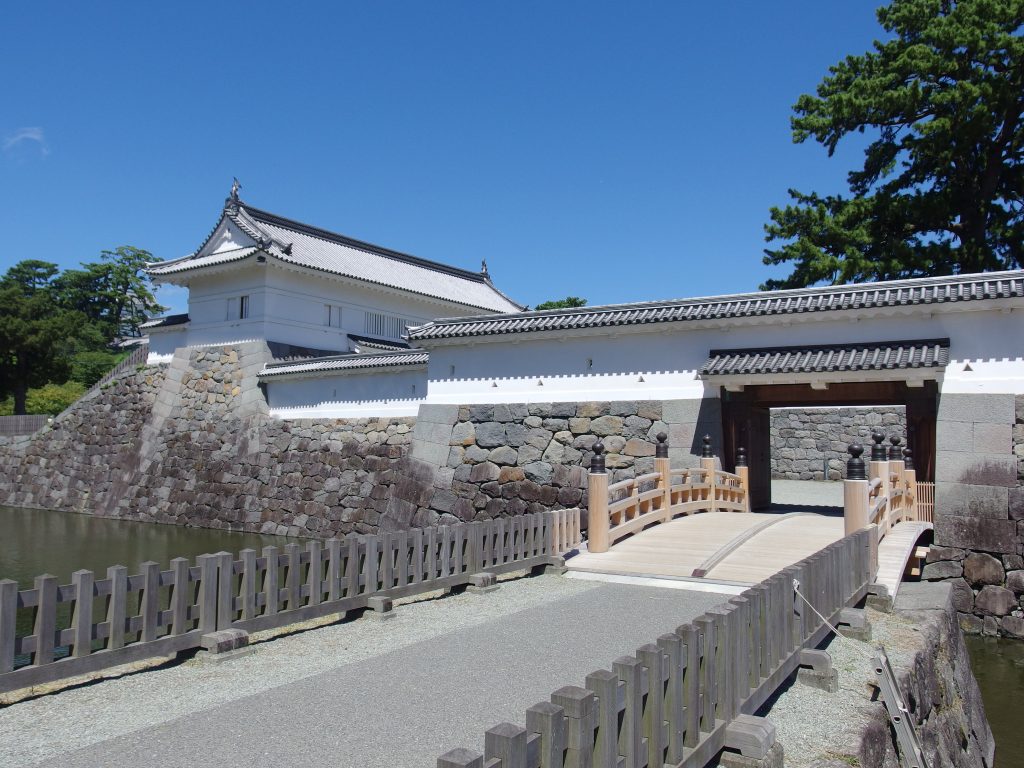
Crossing the Sumiyoshibashi Bridge I reached the Akaganemon Gate.
This route for entering the castle, which is recommended on the official website, provides the perfect atmosphere, so it’s exciting to wonder what’s ahead.
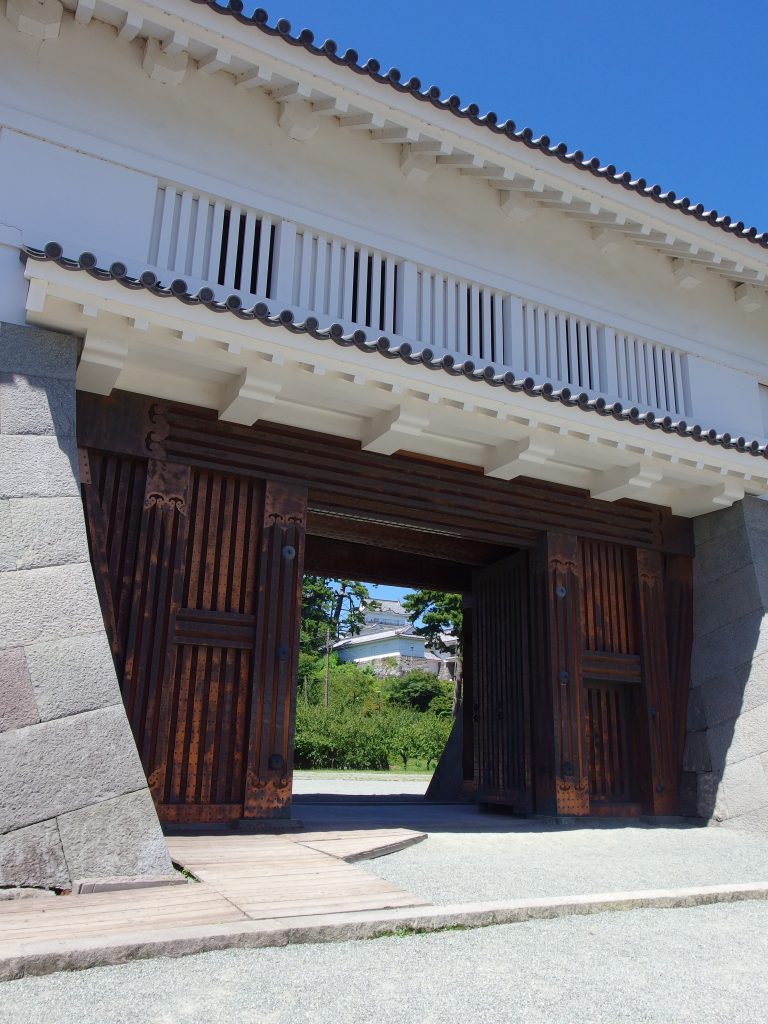
The Akaganemon Gate stands imposingly at the entrance of the castle.
Passing through the gate, I entered the Ni-no-maru second compound. Even now it feels like samurai could come walking out from the shadows.
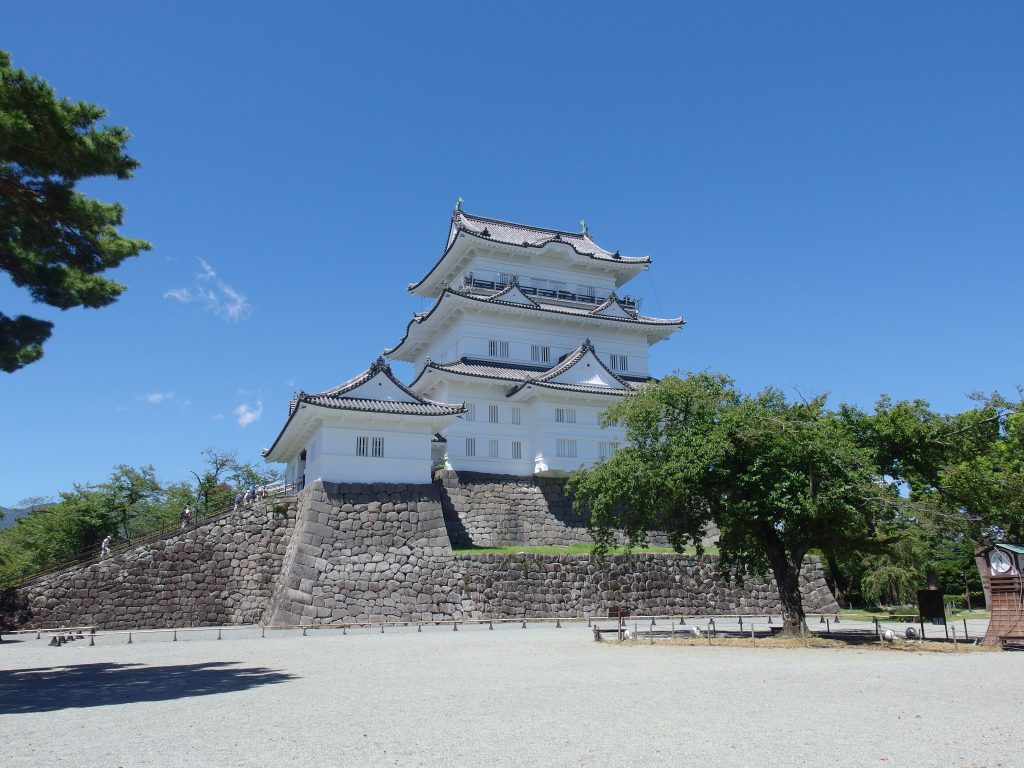
Rebuilt after the war, the castle keep in the Hon-maru main compound houses exhibits relating to the history of Odawara Castle.
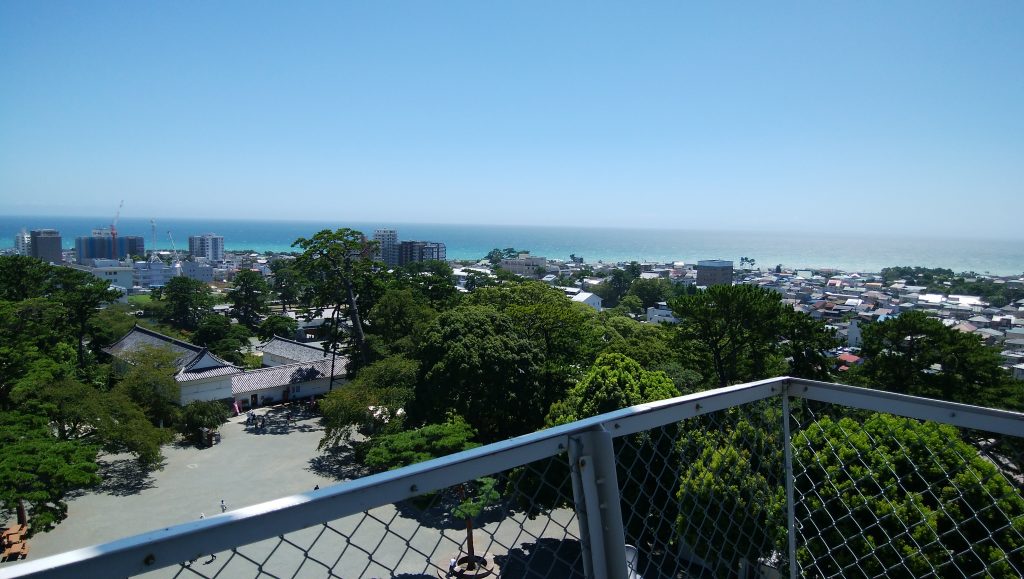
Looking south from the highest point of the castle keep, I could see Sagami Bay. Its blue waters seem to epitomize the feeling of summer.
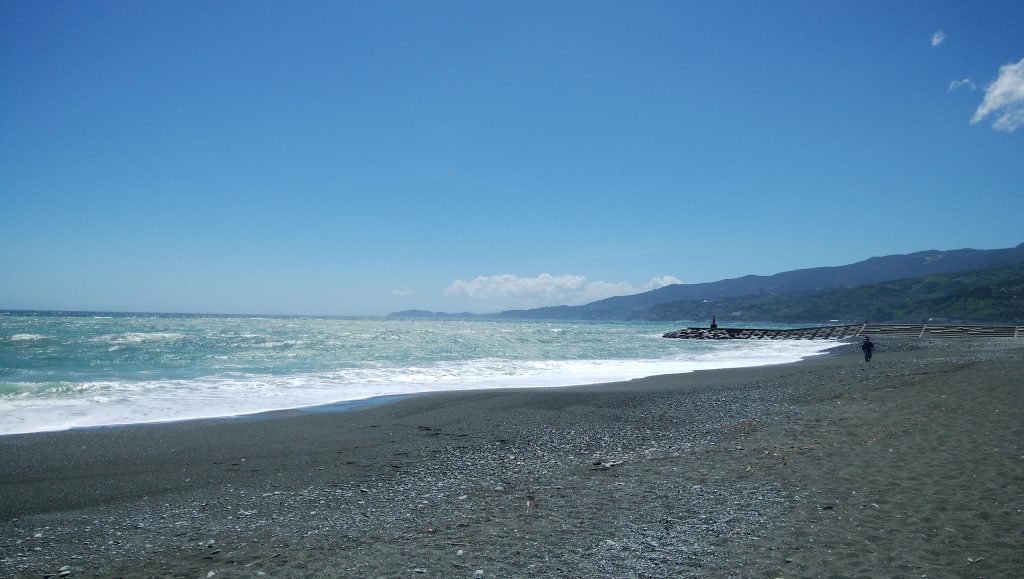
Seeing the water from afar made me feel like going to the beach to get a closer look. It was very windy and a red flag was up, meaning no swimming allowed. Miyukinohama Beach is very close to Odawara Castle.
It was still too early to call it a day, so I decided to visit Daiyuzan Saijo-ji Temple (Doryo-son) next.
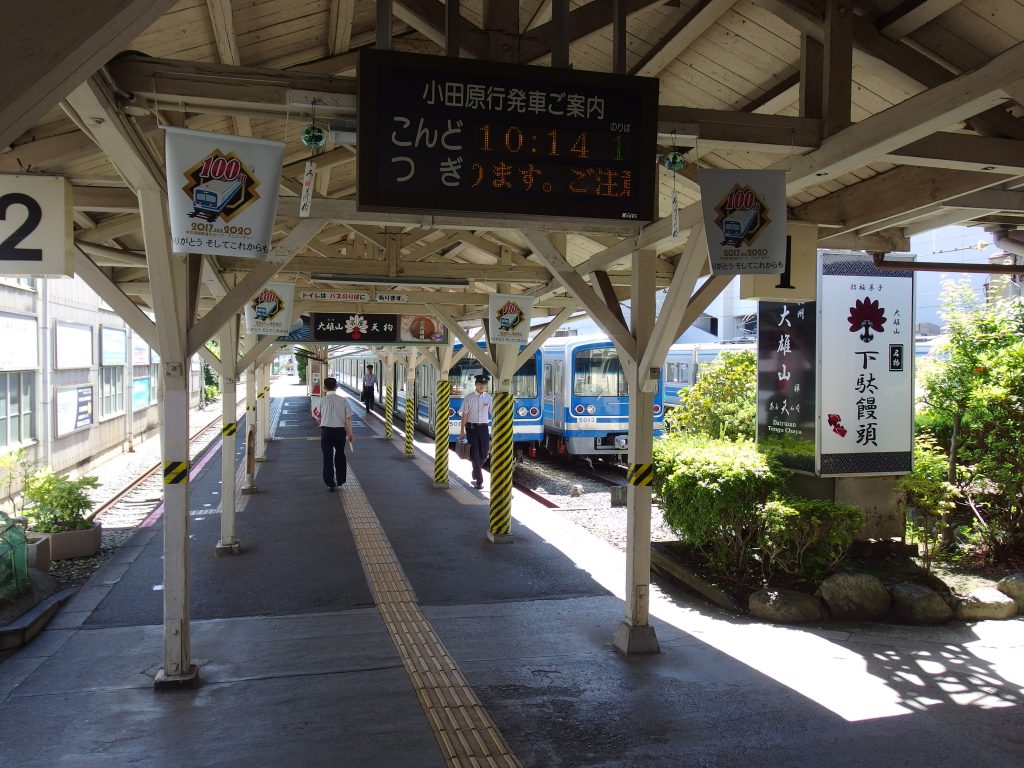
After 20 minutes on the Daiyuzan Line train, I arrived at the final stop, Daiyuzan Station.
People usually take the bus to reach the temple, but after hearing stories about the beauty of the cedar trees that line the route, I decided to go on foot. The walk took around one hour.
After walking through neighborhoods along the way, I could see the Niomon Gate and the path leading to the temple. The refreshing smell of the trees fills the air.
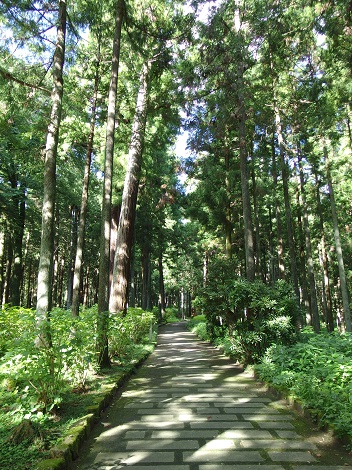
This path is called Tengu no Komichi, “the path of the tengu,” in keeping with the legend associated with the temple.
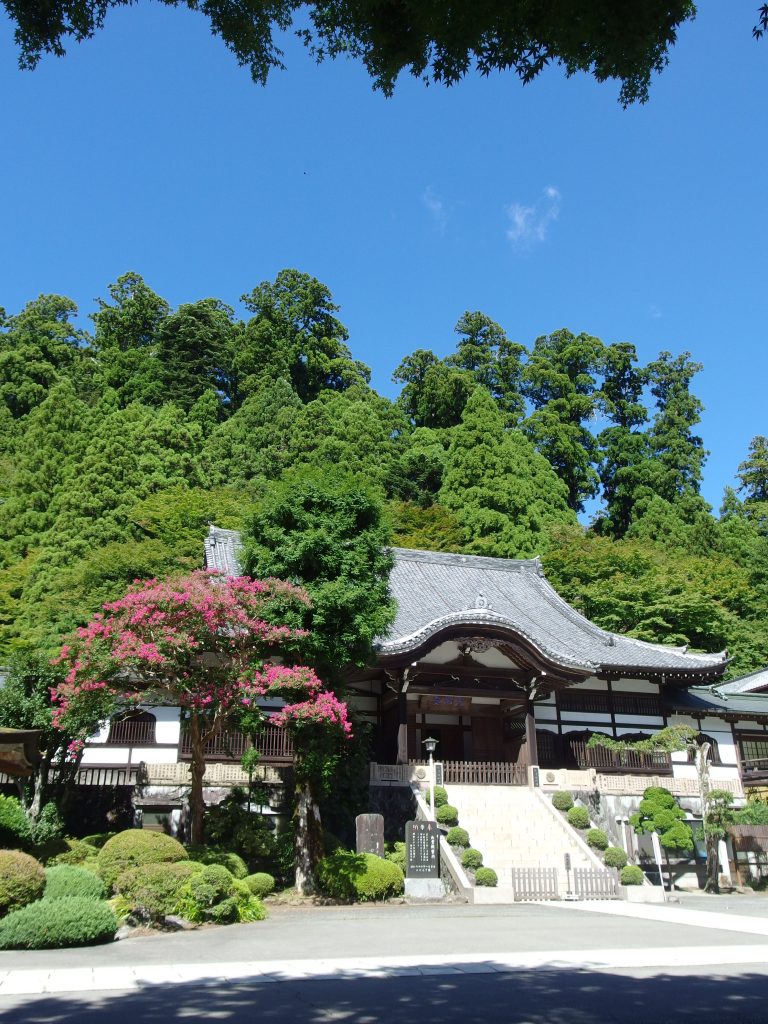
I finally reached my destination. And, feeling pleasantly fatigued, I took a break on a bench under the shade of the trees. Looking up, I could see the deep red of the crape myrtle flowers in bloom.
I recommend Odawara Castle as the first stop for anyone who is planning to visit Japan’s castles.
Odawara is easily accessible, and with an abundance of great sights in addition to the castle, there is sure to be something for everyone here.
Stay tuned for the next installment of this travelogue.
We are accepting applications for writing tourism and cultural articles in Japanese and/or English, multilingual translations and other services. For inquiries, please contact us:
Tel: (+81) 3-6902-9030
Email: info@omega-com.co.jp
Note: Unauthorized copying and replication of the contents of this site, text and images are strictly prohibited. All Rights Reserved.
